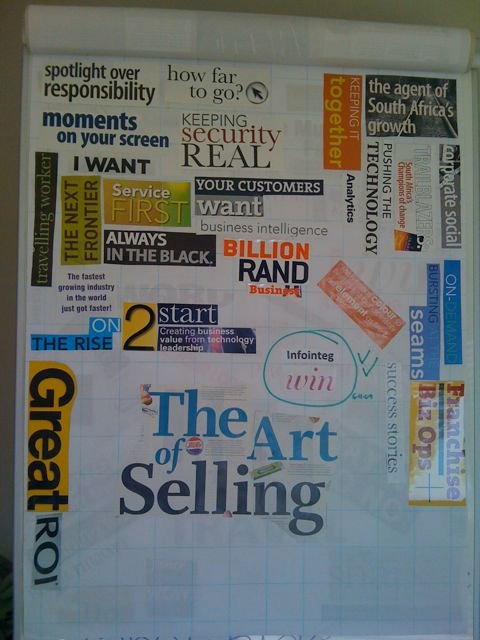I’ve just completed a call with a former client who is having the “age-old” issue of people wanting free goodies or services without anything in return. Nothing in life is free. In business especially, there is always a cost (in fact many many costs). Using an example of when people ask for me to speak at conferences for free, I’ve done many many conferences for free, but i reality it is not free.
The costs include:
1 – developing the content => time developing content plus internet and phone costs when liaising with the client on what their needs are => time away from revenue generating projects,
2 – actual presentation time => time => time away from revenue generating projects
3 – traveling to and from an event => time, petrol / fuel => time away from revenue generating projects, petrol / fuel
4 – answering queries => time => time away from revenue generating projects, phone / internet
And if you argued that virtual events should cost less, points 1, 2, 3 (becomes preparation time logging on, gaining access, testing presentation etc.) and 4 still apply.
My point is that value costing and articulation is not something that is taught (but learned in business especially in corporate or growing ones) but I feel should be. I’ve heard from many freelancers, contractors, entrepreneurs who all have similar experiences, people want free stuff and some people make it their business to move from supplier to supplier “saving” costs.
The biggest lessons I’ve learned in business revolve around how clients interpret and perceive value. In all my businesses, customers (most of them) who received free services without a value or payment part, did not perceive the service to have value, even though it may have had a direct business cost to the company.
How do you apply a value cost approach?
For any new company in order to gain customers, we tend to give away products or services as a way to gather feedback and client history. What we lack is to set boundaries, clarify limitations and give the cow away for free instead of a limited amount of milk.
Tried and tested ways to onboard new customers with incentives that indicate value:
- When providing services to customers as an “ad-on” or “freebie”, adding the value to the “freebie” and limiting the time (3-6 months or less) encourages customers to use the service more wisely. This also then filters out the customers who are “testing” your service faster and your pipeline tends to be more accurate.
- Offer the first at half-price as an incentive and revert to normal prices thereafter
- Offer a 2-for-1 deal where the value is clear and timeframe is limited
- Restrict “freebies” to only a select few who meet requirements where you can access their business state and potential access to normal services
- Offer restricted services for “freebie” items
So I hear you say – so what, these are generally offered everywhere? I’ll argue that small/medium sized companies trying to grow their bases may not have these strategies in place. I’ll argue that freelancers or contractors definitely don’t have these strategies in place. I’ll even go as far as arguing that these strategies are well-kept “secrets” as most companies definitely don’t share them due to their “not-really-free” nature.
The point?
Businesses can only grow when customers perceive and appreciate the value it delivers. When we scream “free” it screams “silently” this product is worthless.
- Value your service.
- Value your time.
- Value your products.
People buy and trust what you and others value.
Full stop.











